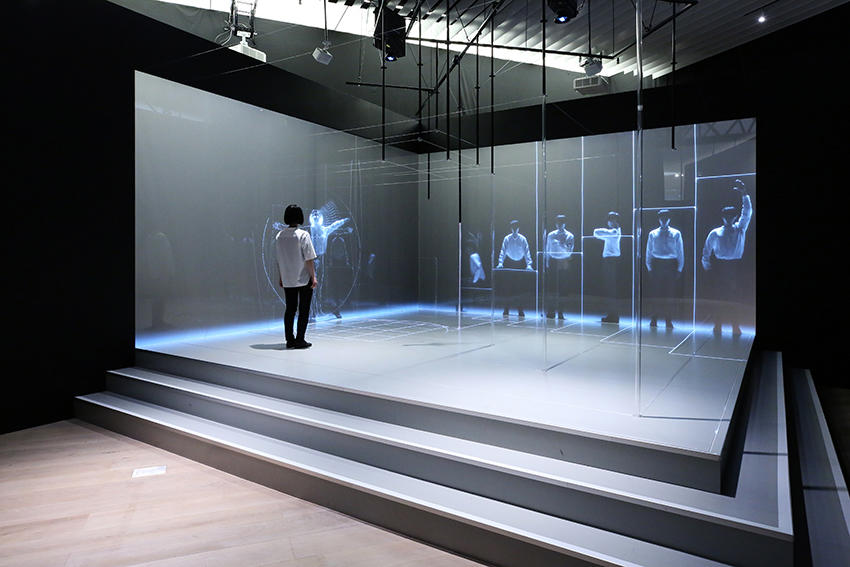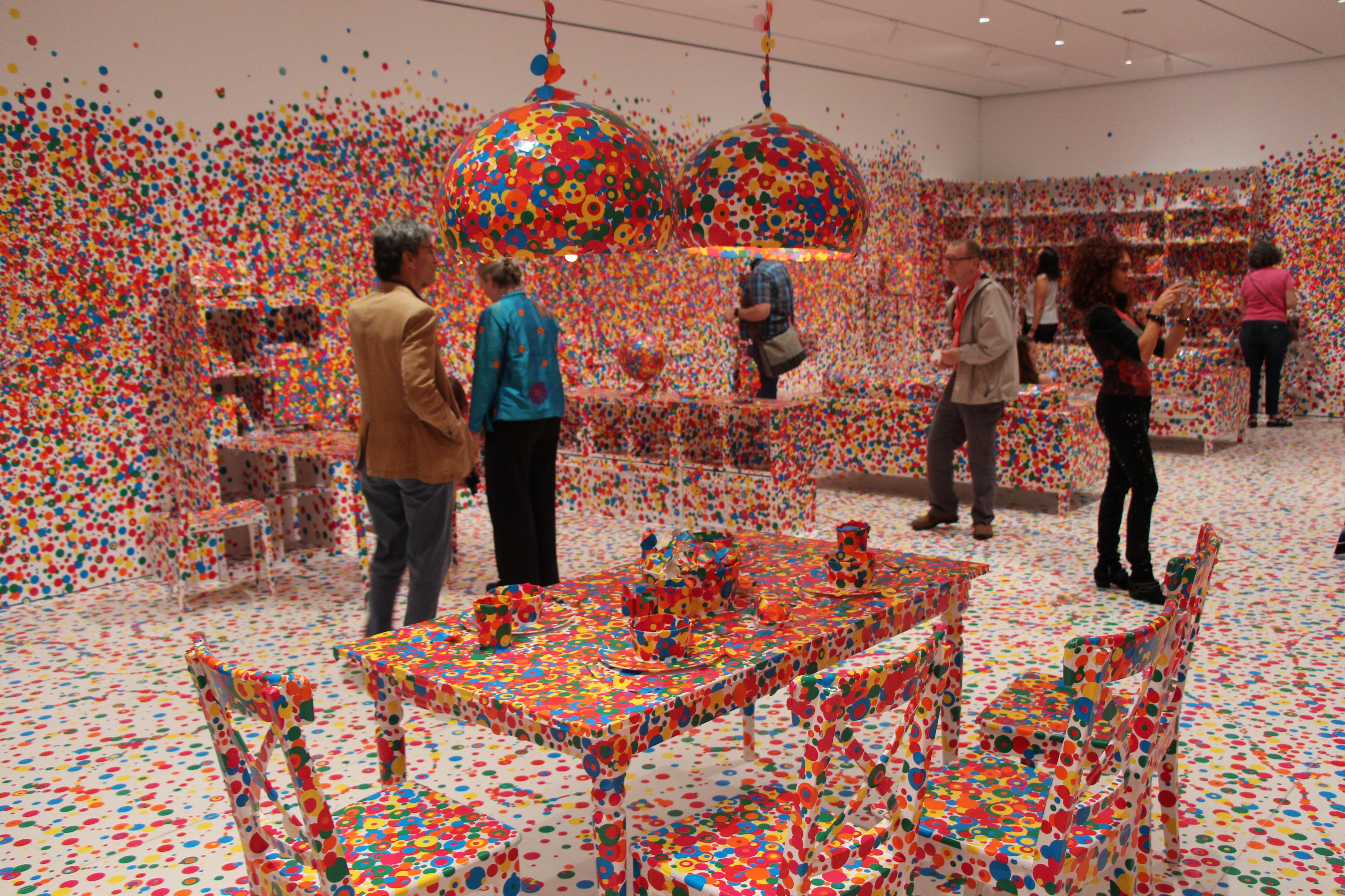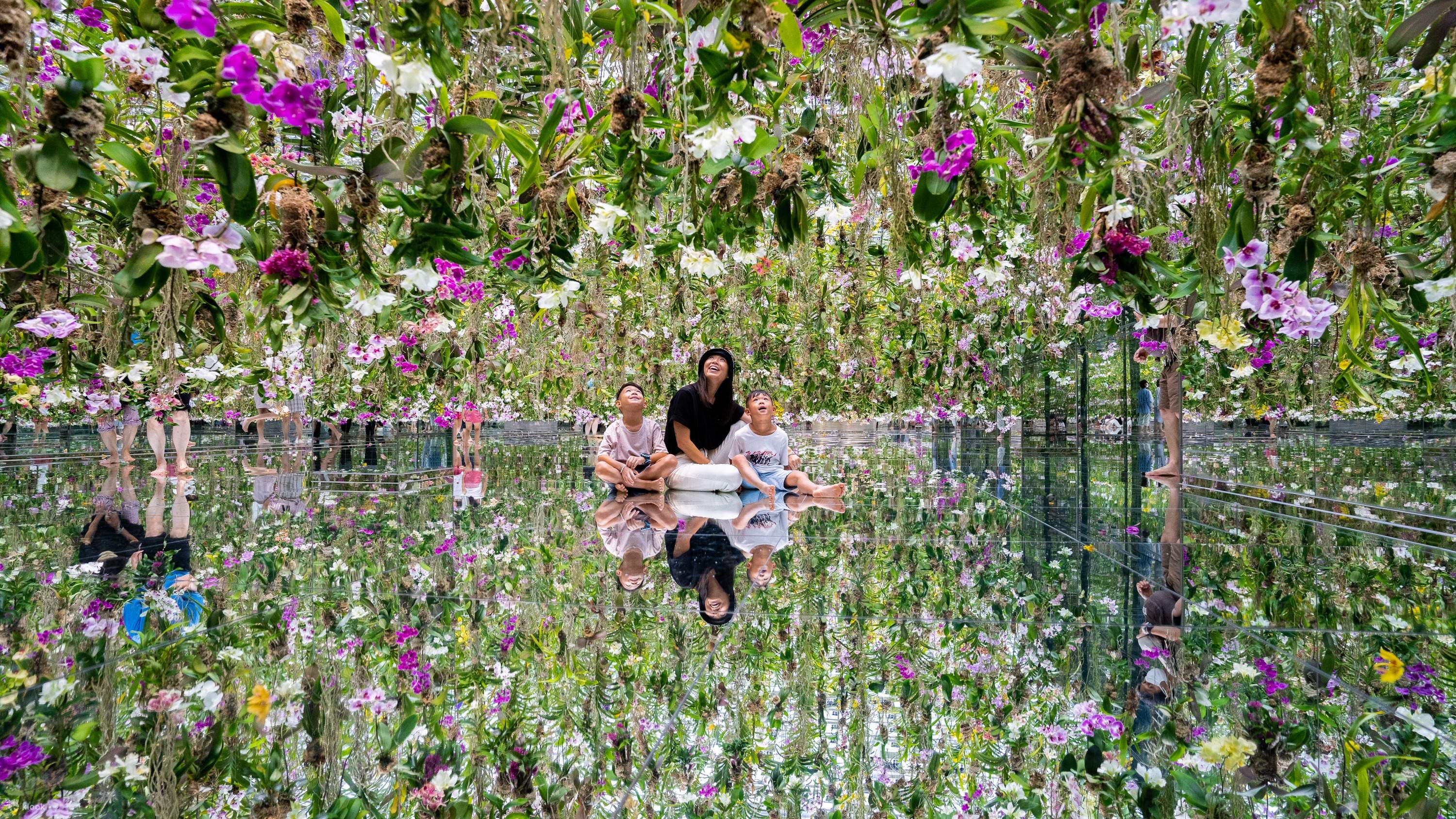Although creating an art experience by focusing on the digital space has become quite a popular definition and activity, concepts such as AR, VR, and metaverse seem to have faded quite quickly as victims of branding. But real technology and experience is on the invisible side of the iceberg.
With the effect of digital, the physical world has been technologically reduced to mobile devices and vehicles. So much so that we even started to do our daily work with our mobile devices. Some think that in the future we will live depending on VR glasses, while others think that technology and civilization will collapse. In fact, between these two radical extremes, there is an important link in the chain for our future... “Phygital”

From the point of view of the phygital area, technology possibilities, which are in a continuous process of change, have inevitably brought along innovations such as computer use and communication tools and forms. Technological applications, which have been showing themselves in areas such as communication, entertainment, and information processing for many years, have started to show themselves and make their weight felt in cultural areas such as exhibitions and experiencing the work of art. Digital exhibition methods, which are mostly used for purposes such as communication, giving information and gaining experience, have gained a wide field of applications and experience with the spread of NFTs. Exhibition techniques consisting of experience-oriented applications, three-dimensional projections and interactive technologies have provided new opportunities to reach the work of art and have given the opportunity to rediscover many applications experientially. If we look at the last 20 years, the artistic experience was built on sound and visual experience in the first years of the millennium, and although it has reached an advanced level with today's technologies, it has appealed to the game industry rather than the art market. Because it has been learned and experienced that exhibition is not only "emphasizing the object or image", it is necessary to have a curatorial infrastructure.

In this context, the curatorial perspective is part of the chain between the work and the audience. The fact is that only transferring the work of art to digital media and not creating an experience creates a fake effect that cuts it from its soul. In order to overcome this, it is necessary to construct the connection between the work and the digital environment in a physical sense and to create a psychological effect on the audience. The way to enhance the experience here is much more than simply setting up television screens between the artist, the curator, and the audience. In summary, all these experiences should include the perspective of design and different disciplines.
This power, which we initially discovered in the field of communication and marketing, has now started to grow in an area that includes blockchain technology in the field of art. In fact, it is not a new story that the work of art is exhibited with a new approach through the use of technological infrastructure and tools, by being fictionalized with the psychological impact, environment, and space created.
For example; An example of this is TeamLab, an international art collective, an interdisciplinary group of artists founded in Tokyo, Japan in 2001. It consists of artists, programmers, engineers, CG animators, mathematicians, and architects who call themselves “ultra technologists”. Just like in blockchain, a common consensus should be created and different disciplines should be acted upon in order to bring together the tools and stakeholders that transform art into experience today.

While the boundaries between digital and physical realities are gradually disappearing, our world of thought and concepts have begun to expand as "Phygital" beyond our daily work. It was all about connecting our knowledge with our inventions. Our primitive urge to learn and experience has opened the doors of "Phygital" to us today. This concept has also changed the art and the forms of exhibition. So much so that while the concept of museology that existed in the 19th century was concerned with "preserving the rare", today's museology is about experiencing the story or the work. was built upon. In the past century, museology was stuck between glass showcases, but now it focuses on creating an interactive experience with the ability to distinguish between different gestures such as touch, motion detection, click, drag, and magnification.
In summary; Turning art into an experience and gamifying it by using these technological infrastructures already reveals the art theories and movements that shape art history in the future. As technological progress continues, our desire to experience digital will increase and art will continue to be Phygitalized without leaving its context.
Art Historian, Curator, Founder Gallery Muaf